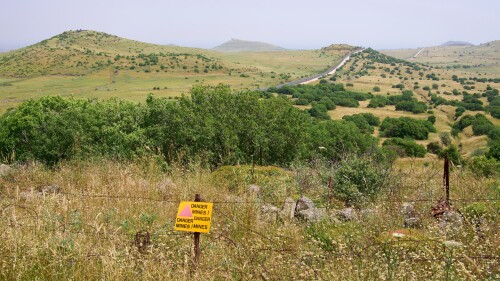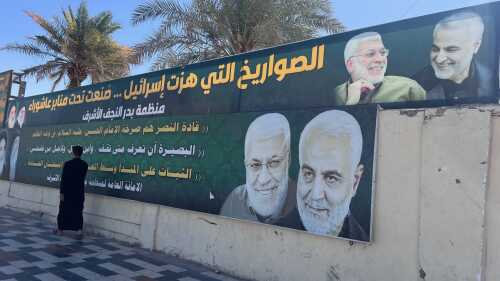In media coverage of the current situation in Homs province, there is much focus on the issue of relations between the Sunni and Alawite communities. The smaller Twelver Shi‘a community of the province has received less attention. While there is certainly not a ‘genocide’ against Twelver Shi‘a in the province (contrary to some of the more sensationalist rhetoric about minorities in Syria), there are some disturbing trends similar to those seen with regards to the Alawite community in Syria. The following interview was conducted recently with a resident of the Twelver Shi‘a village of Tel Aghar in Homs province.
Q: Currently what is the number of inhabitants? Have many of the people left the village since the former regime fell?
A: The proportion who remain is around 60%. God knows the number of inhabitants.
Q: Generally how is the security situation in the village? There is a lot of talk about attacks on the Shi‘a in Homs but can you clarify the truth?
A: Currently, praise be to God, there are no attacks at all, only the confiscation of some homes, which has reduced considerably in frequency compared with before. The situation is better, praise be to God.
Q: On what basis have they confiscated homes?
A: On the pretext that their owners are affiliated with the Hezb [Hezbollah] or the [Assad regime] army: i.e. the same pretext of ‘remnants’ [of the regime]. But in our villages the number [of confiscations] is few. As for north Homs countryside, they have taken entire villages: they have displaced the people of the village of Tel Khazna. They have likewise displaced the people of Wadi al-Dahab, Saba‘ and their environs. They have also displaced the people of al-Mukhtariya, al-Ashrafiya and al-Kamm. They have also displaced the people of al-Bayada. A great proportion of the people of al-Abbasiya have been displaced, as well as Wadi Ayran.
Q: Do you mean by ‘displacement’ that the people fled and then the Hay’a [Hay’at Tahrir al-Sham] confiscated all the homes?
A: No. Besides those who fled, they came to the homes and evicted them, and in some instances there was killing.
Q: How is the services and humanitarian situation in Tel Aghar, like electricity and water? Has there been any improvement since the political change?
A: Nothing has changed regrettably. Services are non-existent. Electricity is acceptable. People were relying on [state] salaries that have been cut off. Currently they are relying on caper bushes and some seasonal produce. Many families are still in Lebanon and have not returned because of the poverty.
Q: Have they banned celebration of Shi‘a occasions in the streets of Tel Aghar?
A: No one has banned anything, but it is a matter of personal discretion and faith.
Q: In summary what are the main demands directed to the new government at this time?
A: None.
Q: You don’t trust the new government?
A: If the government’s words were to be completely implemented on the ground, it would be the best government in history. But when you say one thing and your actions on the ground are another thing, this does not provide reassurance. People are content in that they have gained respite from the concerns that were on our chests for years: the clique that was in charge, the criminals etc. But in contrast, we are not reassured, because until now there is no state: there is shaykh X and there is shaykh Y.
Published originally on June 30, 2025.


![Jamal Maarouf: “When Daesh [ISIS] stood as a firm stumbling block before us and prevented us from continuing the fight against Bashar’s army, we had to fight it and expel it from Idlib and its countryside, Hama countryside, Jabal al-Turkoman [in Latakia] and Aleppo countryside.” Above: Aleppo, Syria, March 12, 2016. Military convoys of the Syrian opposition forces head to fight ISIS.](https://cdn-mef.meforum.org/dims4/default/3b369ca/2147483647/strip/true/crop/5246x2948+2+0/resize/500x281!/brightness/10x0/quality/90/?url=https%3A%2F%2Fk2-prod-mef.s3.us-east-1.amazonaws.com%2Fbrightspot%2Fcd%2F92%2Fb95ba9514dbdb21456f4274a85c6%2Fsyrian-opposition-forces-03-12-2016.jpg)



